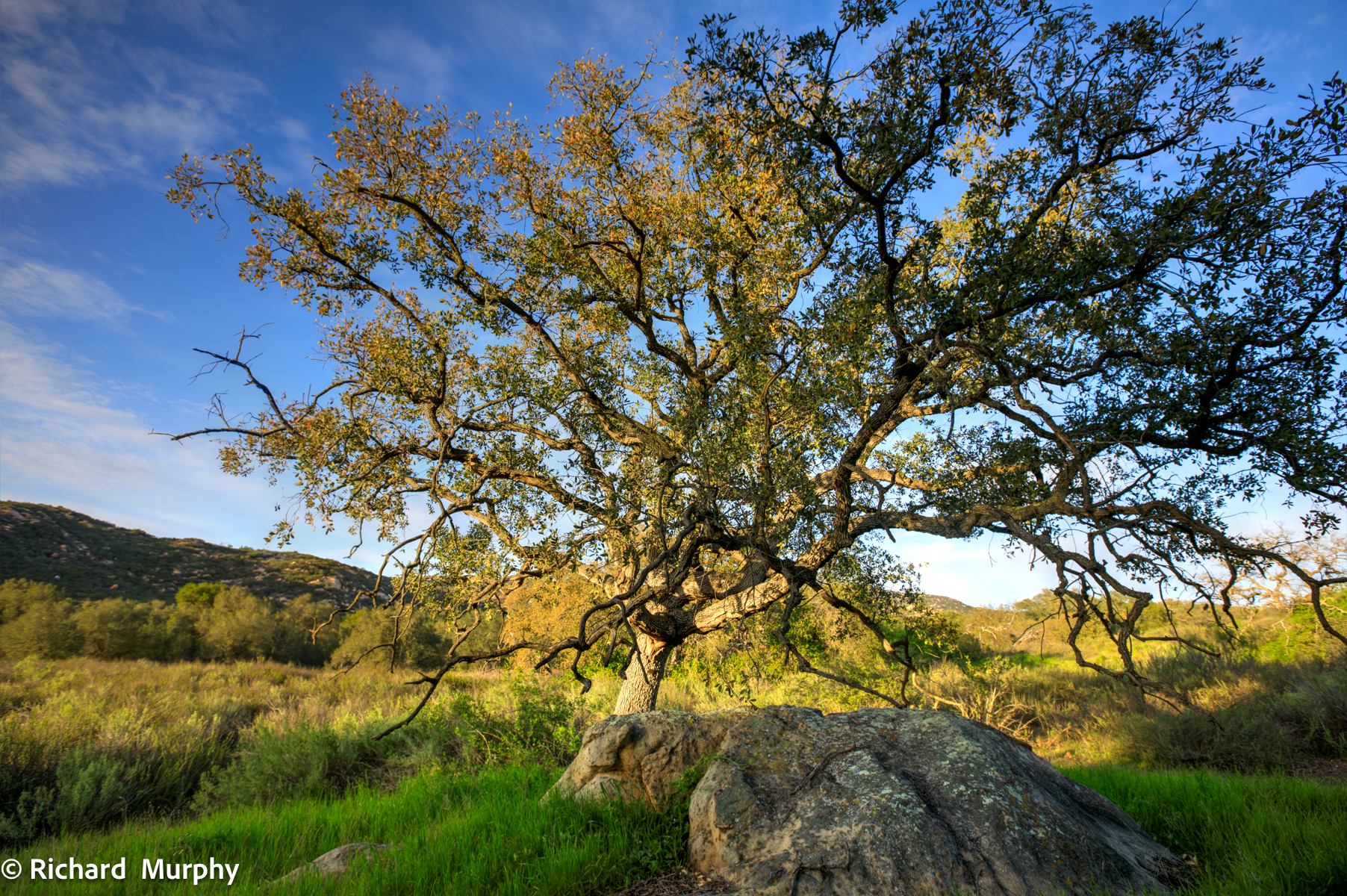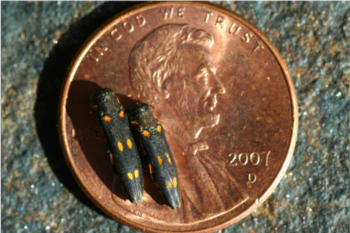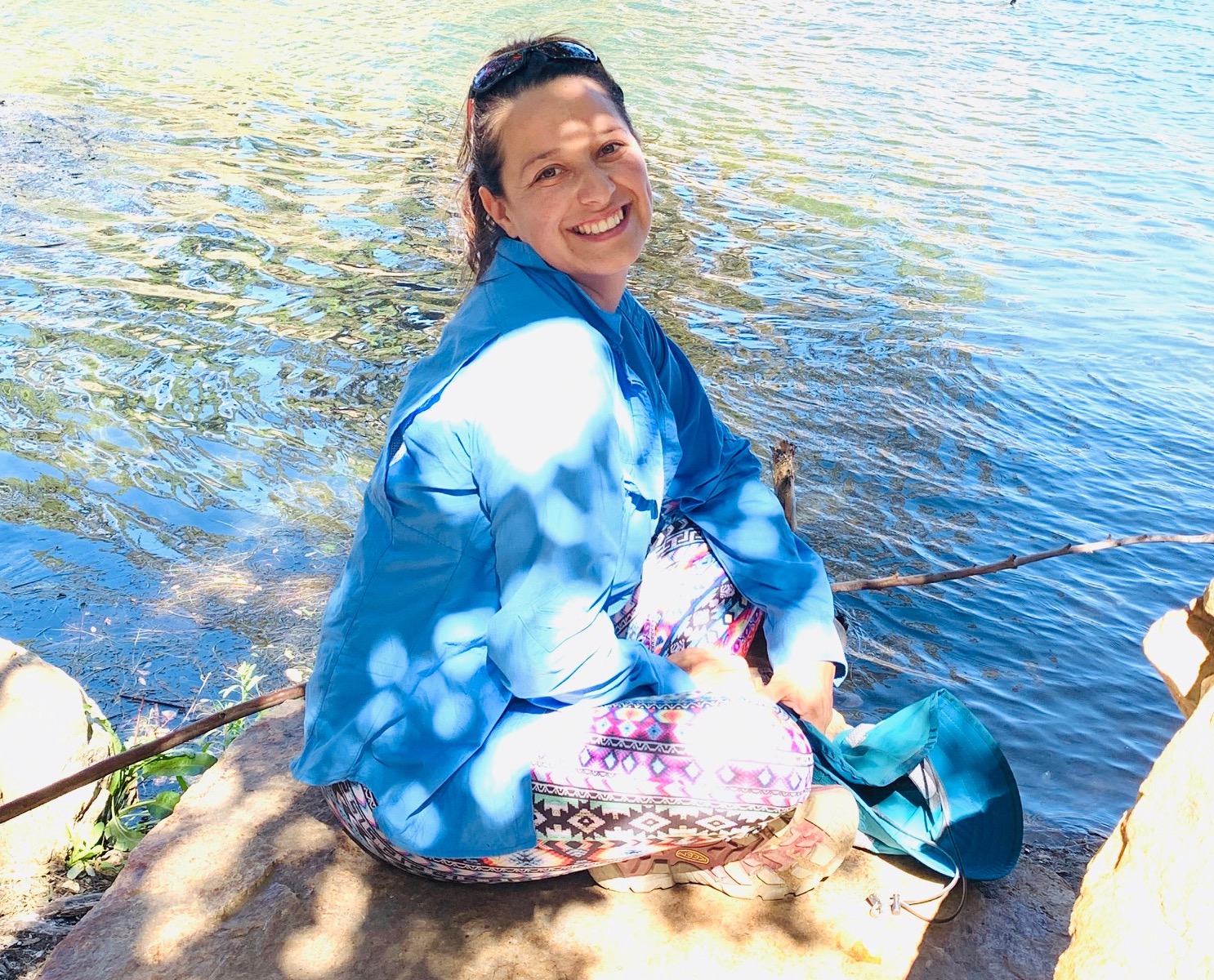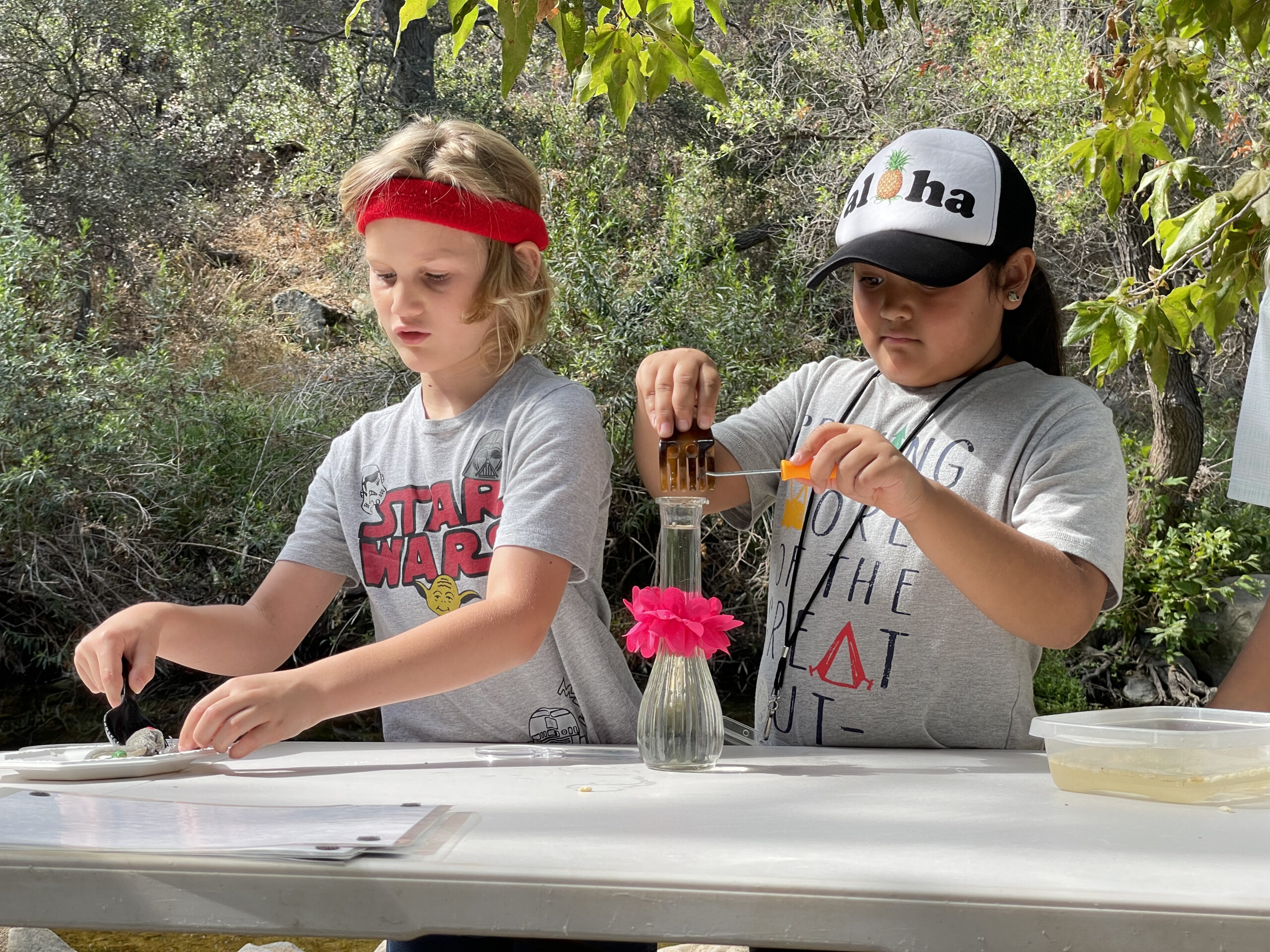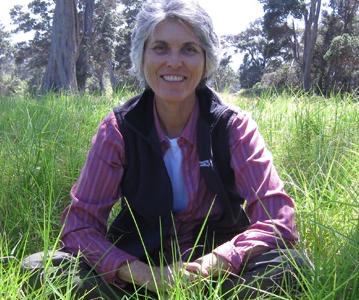
Women in Wildlife Conservation: Martha Blane Spotlight
In honor of Women’s History Month, we are highlighting one of the women who made the Conservancy possible from the very beginning; Martha Blane. She is one of the four core individuals who were on the infamous hike in Meisha Canyon, back in 1989, that led to origination of The Escondido Creek Conservancy.
“We just started talking about how can we preserve this land and we were so tired of fighting development that we decided the thing to do was to be proactive and start preserving land,” said Martha. “On our hike we talked about ways we could do that and the Conservancy was born.”
Not only was Martha responsible for aiding in the creation and official incorporation of the Conservancy in 1992, she was also the founding president.
“It was a lot of just footwork, you know, meeting with the land trust alliance, the Nature Conservancy,” she said. “Just trying to find out what resources were out there for us locally, regionally, statewide as well.”
Martha noted that the job required a great deal of idealistic thinking and hardwork. She had to go to numerous meetings with wildlife agencies and governmental organizations–most of the time she was actually the only woman in attendance–in working to legitimize the non-profit. Without Martha’s diligent work to incorporate the Conservancy, we would not be allowed to apply for land grants or have the ability to preserve wildlands of any kind.
“You know it was a lot of work, but it was definitely a passion,” said Martha. “Nothing was going to stop me from trying.”
When asked why Martha decided to dedicate a portion of her career to conservation work, she said it was a natural urge she had to take care of her home and the earth.
“Just like we wouldn’t destroy ourselves, we don’t want to destroy where we’re living either,” she said.
In all of Martha’s work within the Conservancy–as one of the founding members, the founding president, and a board member–she has found that if people don’t have a personal connection to nature, it is less likely for them to have a desire to protect it. She made an effort to ask everyone she came in contact with during her days working at the non-profit a simple question:
“Was there an experience when you were growing in nature that really stuck with you, that really affected you in some way about your connection to the earth?” Martha said. “Invariably, everybody had a story.”
She talked about people losing this story, and inevitably their connection with the earth, as they grew into adults. We lose our love for nature and all its wonders.
“Just remember when you were a child running along the beach, laying in a lawn, hiking along a lake in the mountains–you know whatever happened–whatever wonderful experience you had just to keep remembering that and that’s going to play a huge part in the future of preserving our precious mother earth,” said Martha.
Thanks to all of the rigorous work of Martha–and many other women within the Conservancy–thirty years later, we have been able to save over 7,000 acres and manage 3,000 acres of conservation land, while annually providing outdoor education opportunities to thousands of youth and families.


